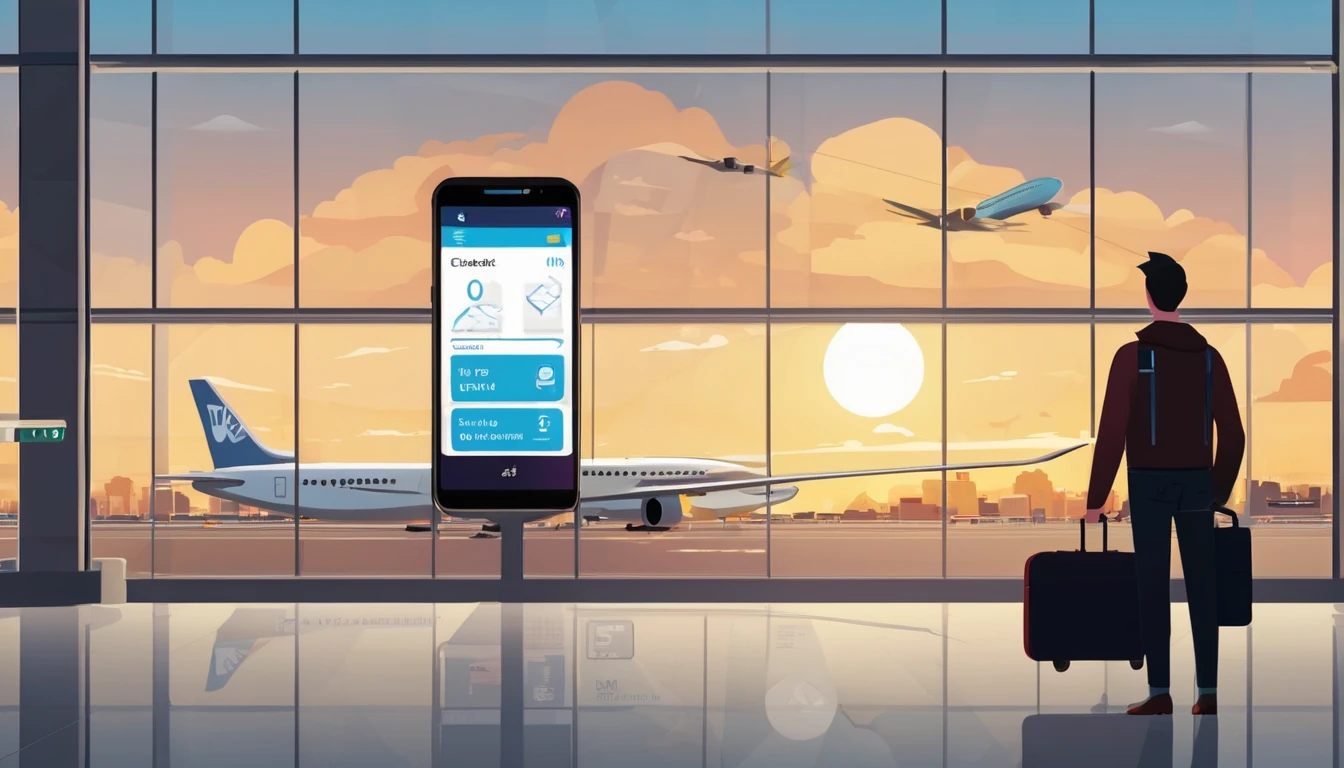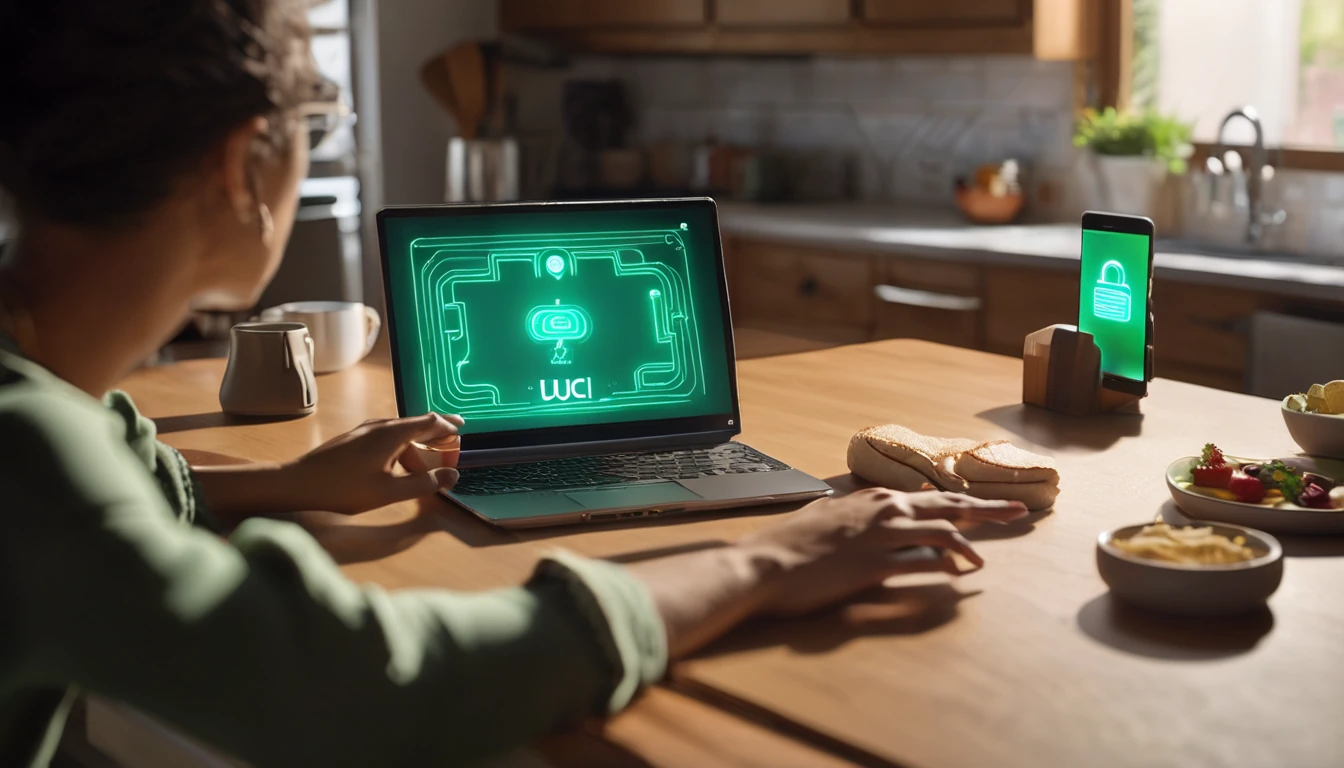Travelling with a finite data allowance can be stressful—especially when maps, ride‑hailing, translation, and social apps all quietly sip from your gigabytes. The good news: you can reduce data usage travel‑wide without making your phone unusable or turning your photos into postage stamps. The trick is a layered approach: start with your phone’s OS‑level data saver, then tame background sync, set sensible quality for maps and streaming, and choose compression or “lite” modes where it counts. Do this once before you fly, and you’ll cut consumption by 30–70% while keeping the essentials fast and clear. Below you’ll find practical step‑by‑steps for iPhone and Android, app‑level switches that deliver the biggest wins, and a simple routine to keep you in control for the rest of your trip. If you need more data for a road trip or work, we also point you to regional eSIMs so you’re never caught short.
Why data disappears faster abroad
Roaming highlights how “chatty” smartphones are by default. Common culprits:
- Background app refresh, inbox syncing, and cloud photo backups
- HD video auto‑play in social feeds
- High‑resolution map tiles and live traffic
- App and OS updates, and automatic photo/video uploads
- Tethered laptops pulling down system updates and cloud files
Combine these with patchy hotel Wi‑Fi and you’ve got a perfect storm. The fix: constrain background activity, right‑size media quality, and pre‑download on Wi‑Fi.
Step 1: Enable OS‑level Data Saver
Your phone’s built‑in data saver is the single biggest switch to reduce data usage travel‑wide. It prioritises foreground tasks and reins in background sync.
Android: Turn on Data Saver and whitelist essentials
- Settings > Network & Internet (or Connections) > Data Saver.
- Toggle Data Saver On.
- Tap Unrestricted data (or “Unrestricted apps”) and allow only the must‑haves (e.g., maps, ride‑hailing, authenticator, airline app).
- Optional: Settings > Network & Internet > SIMs > Data usage > set a warning and a hard limit.
Pro tips: - In Chrome: Settings > Privacy & security > Preload pages > No preloading (stops prefetching data you might not read). - Many Android skins let you disable auto‑sync globally under Accounts & backup. Use sparingly; whitelist what you genuinely need.
iPhone: Use Low Data Mode on mobile and Wi‑Fi
- Settings > Mobile Data > Mobile Data Options > Data Mode > Low Data Mode.
- For Wi‑Fi networks: Settings > Wi‑Fi > “i” next to the network > Low Data Mode On.
- Settings > App Store > Automatic Downloads: Off (or Mobile Data Off). Optional: turn off Video Autoplay.
Pro tips: - iPhone doesn’t have per‑app whitelisting for Low Data Mode, so individually disable Mobile Data for apps you don’t need: Settings > Mobile Data > toggle apps Off. - Disable Background App Refresh for non‑essential apps: Settings > General > Background App Refresh > Off for specific apps (or Wi‑Fi only).
Step 2: Control background sync and cloud uploads
These run silently and can devour hundreds of MB per day if left unchecked.
Checklist (Android and iPhone): - Email: Set to manual or longer fetch intervals. - iPhone: Settings > Mail > Accounts > Fetch New Data > Push Off; set Fetch to Hourly or Manual. - Android (Gmail): Gmail app > Menu > Settings > your account > Data usage > Sync Gmail Off (or limit labels). - Photos backup: - Google Photos: Profile > Photos settings > Backup > Mobile data usage Off (or limited). Enable “Back up only while charging” if offered. - iCloud Photos: Settings > Photos > Mobile Data Off; consider pausing Shared Library sync. - Messaging/media auto‑download: - WhatsApp: Settings > Storage and Data > Media auto‑download > set all to Wi‑Fi; toggle “Use less data for calls” On. - Telegram: Settings > Data and Storage > set auto‑download limits for Mobile Data to Low or None. - iMessage: Settings > Messages > Low Quality Image Mode On (sends smaller photos). - App updates: - Play Store: Profile > Settings > Network preferences > Auto‑update apps > Over Wi‑Fi only. - App Store: Settings > App Store > App Updates Off (or Mobile Data Off).
Pro tip: - Turn off “Wi‑Fi Assist” (iPhone: Settings > Mobile Data > Wi‑Fi Assist Off) so your phone doesn’t silently switch to mobile data when hotel Wi‑Fi stutters.
Step 3: Optimise maps and navigation
Maps are essential on the road, but live tiles and satellite layers consume data quickly. Pre‑download and run lean during the day.
Google Maps (Android/iOS)
- On Wi‑Fi, open Google Maps > profile photo > Offline maps.
- Tap Select your own map > zoom to cover your trip region > Download.
- Settings > Offline maps > Auto‑update Over Wi‑Fi only.
- During navigation, avoid Satellite view and 3D. Traffic uses modest data; keep it if you need it.
Apple Maps (iOS 17+)
- On Wi‑Fi, Apple Maps > your profile image > Offline Maps > New Map.
- Select the region > Download. Toggle “Only download over Wi‑Fi”.
- While travelling, prefer offline routes; traffic and transit updates may require mobile data.
Pro tips: - Save must‑visit places to a list before you go; cached details reduce lookups. - Ride‑hailing: Keep mobile data on for those apps only. They’re time‑sensitive and low‑volume compared to video.
Step 4: Stream smarter (video, music, social)
Right‑sizing quality saves most of the heavy lifting while staying watchable.
Video
- YouTube: Profile > Settings > Video quality preferences > On mobile networks: Lower picture quality. Consider 480p for travel days.
- Netflix: App > Menu > App Settings > Cellular Data Usage > Save Data. Downloads: set to Standard and pre‑download shows on Wi‑Fi.
- Disney+/Prime/others: Look for “Data Saver” or set Mobile Streaming to Medium/Standard.
- Rough guide:
- 1080p uses ~3–7 GB per hour;
- 720p ~1.5–3 GB per hour;
- 480p ~0.7–1 GB per hour. Downgrading from 1080p to 480p can save 70–85%.
Music and podcasts
- Spotify: Settings > Audio Quality > Streaming: Low/Normal on Mobile; Downloads: Normal. Toggle “Download using cellular” Off.
- Apple Music: Settings > Music > Mobile Data Off; or set Audio Quality > Streaming: High Efficiency on Mobile.
- Podcasts: Download episodes on Wi‑Fi only and disable “Allow Over Mobile Data”.
Social apps
- Instagram: Settings > Data usage and media quality > Use less mobile data On; High‑quality uploads Off; Auto‑play videos On Wi‑Fi only.
- TikTok: Settings and privacy > Data Saver On; limit HD downloads.
- Facebook/Twitter/X: Disable auto‑play videos on mobile and set image upload quality to standard.
Pro tip: - Batch‑download playlists and episodes on hotel Wi‑Fi each night; you’ll cruise through the next day with minimal mobile usage.
Step 5: Browse with compression and “lite” modes
Modern sites are heavy. A few tweaks lighten the load:
- Opera/Opera Mini: Enable Data Savings/Compression to proxy and compress images, scripts, and videos—often 40–90% savings for browsing.
- Chrome (Android): Settings > Privacy & security > Preload pages > No preloading (stops background fetch).
- Reader Mode: Safari/Firefox Reader strips ads and scripts on articles, loading mostly text and a few images.
- Block auto‑play: In Safari (iOS), Settings > Accessibility > Motion > Auto‑Play Video Previews Off.
Pro tip: - If a site offers a “lite”, “basic” or AMP version, favour it on mobile data.
Step 6: Be careful when tethering laptops
Laptops can burn through a day’s allowance in minutes.
- Windows: Settings > Network & Internet > your mobile network > Set as metered connection On. Pause Windows Update and OneDrive sync.
- macOS: System Settings > Software Update > Automatic updates Off (temporarily). Photos > iCloud > Pause iCloud Photos. Disable Dropbox/OneDrive sync.
- Browsers: Disable auto‑play and heavy extensions. Save large downloads for Wi‑Fi.
Pro tip: - When possible, use the mobile app instead of the desktop site; mobile apps are often more data‑efficient for the same task.
Step 7: Measure and cap usage
Track what’s actually consuming your data and adjust.
- Android: Settings > Network & Internet > SIMs/Data usage > View per‑app usage; set warnings and limits.
- iPhone: Settings > Mobile Data > scroll for per‑app usage. Reset statistics at the start of your trip and review mid‑trip. Disable Mobile Data per app for hogs.
Pro tip: - If you’re hotspotting, use your phone’s built‑in usage graph and the laptop’s metered settings together to stay under budget.
When to pick a bigger plan (and where to get it)
Even perfectly optimised settings can’t compress a navigation‑heavy road trip plus daily video calls. If your itinerary includes long drives, remote work, or family streaming, choose a plan with headroom:
- Planning a multi‑country jaunt? See Esim Western Europe for one pass across borders.
- City‑hopping in Italy, France or Spain? Check country packs: Esim Italy, Esim France, Esim Spain.
- Crossing the pond? Compare Esim North America and single‑country options like Esim United States.
- Browse all covered countries on Destinations.
- Travelling as a team or on expensed trips? Centralise and control usage with For Business. Partners and resellers can explore the Partner Hub.
Quick “pre‑flight” checklist to reduce data usage travel‑wide
- Turn on Data Saver/Low Data Mode (mobile and Wi‑Fi).
- Set app and OS updates to Wi‑Fi only.
- Pre‑download offline maps for your route.
- Set video to 480p/“Data Saver”; music to Normal/Low on mobile.
- Disable auto‑play videos in social apps; limit media auto‑download in messengers.
- Pause cloud photo backups on mobile data.
- Set hotspot laptops to “metered” and pause large syncs/updates.
- Add Android data warning/limit or reset iPhone data counters.
FAQ
1) Will Data Saver affect call quality or WhatsApp calls? - Regular voice calls are unaffected. VoIP calls (WhatsApp/FaceTime Audio) use roughly 0.2–0.7 MB per minute. Data Saver may reduce background traffic, which can improve call stability on weak connections. In WhatsApp, enable “Use less data for calls” for extra savings.
2) Do VPNs save data through compression? - Most consumer VPNs don’t reduce usage; encryption prevents proxy‑style compression. A few “accelerator” services compress images, but benefits are app/site‑dependent. Rely first on OS Data Saver and in‑app quality controls.
3) Can I get live traffic when using offline maps? - Yes, but only when you have a data connection. Offline maps give you routing and POIs without data. Traffic overlays and real‑time rerouting require some connectivity; they’re modest in volume compared to streaming.
4) How much do I save dropping video from 1080p to 480p? - Typically 70–85% per hour. Expect ~3–7 GB/h at 1080p vs ~0.7–1 GB/h at 480p, depending on the platform and codec.
5) Best way to tame Instagram and TikTok on the road? - Turn on each app’s Data Saver, disable high‑quality uploads, and set video auto‑play to Wi‑Fi only. Limit background refresh and consider downloading stories/reels on Wi‑Fi if supported.
6) Should I switch off 5G to save data? - 5G itself doesn’t use more data, but faster speeds can encourage heavier consumption (pages and videos load sooner at higher quality). If you find yourself burning through data, keep 5G but lock video quality and disable preloading/auto‑play.
Next step: Choose the right regional eSIM with enough headroom for your trip on Destinations, then apply the settings above before you fly.




